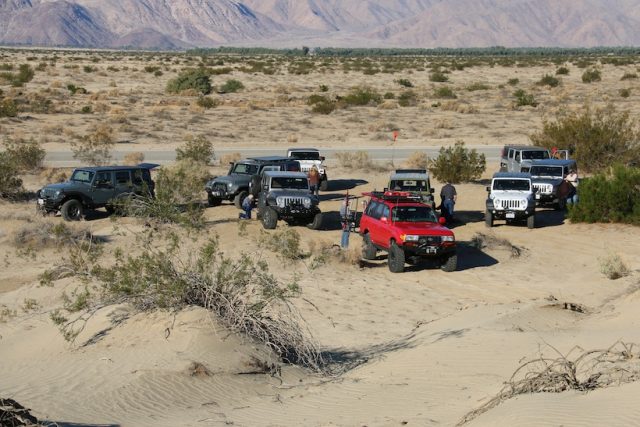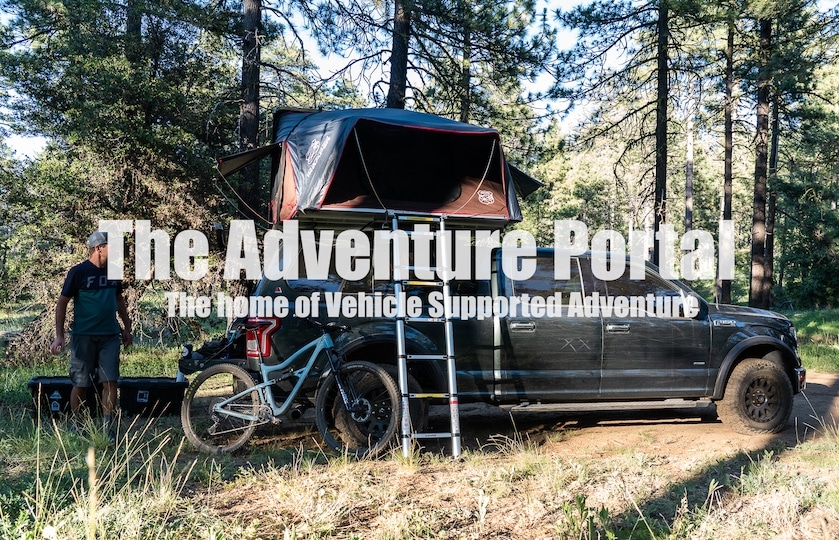This article is the first in a five-part series called “Things to Know”, written by Tom Severin of Badlands Off Road Adventures. Tom is an International 4-Wheel Drive Trainers Association© certified professional 4WD trainer and a Wilderness First Responder (WFR). He is an instructor for the United Four Wheel Drive Association (UFWDA) and the California Association of 4WD Clubs. Here is what Tom has to say about 4WD driving techniques. Enjoy and remember to tread lightly.
“Four wheeling, like any other activity, has its rules and principles. During my 40-plus years in this sport, I have seen and experienced a lot. The following axioms flow from all the wisdom I have picked up from others I respect. My list is actually longer, but I trimmed it to some of the better ones.”
- Retrain your instincts– “Your instincts are wrong off-road, and you have to learn the correct ways. For example, if you’re going down the hill and the vehicle is sliding, the natural tendency is to step on the brakes. That just locks ‘em up and you slide more. If it’s wet and muddy, you will slide in the direction of off-camber. If you’re driving on a shelf road, you’ll go right off the edge. Learn the proper steps to take, and commit those to memory.”

- Focus on clearance and traction – “Clearance and traction are basic tenets for dirt and rocks. You can get these by applying the correct driving technique and by mechanical means. The technique comes from your driving skills, as well as your ability to read lines and chart the proper course. Mechanical means include bigger tires and suspension to lift the body up. Traction is gained through better tires, lockers in the axles, and by airing down. Learn to drive without upgrading the vehicle with mechanical aids. You will develop better technical skills and improve your ability to pick lines.”
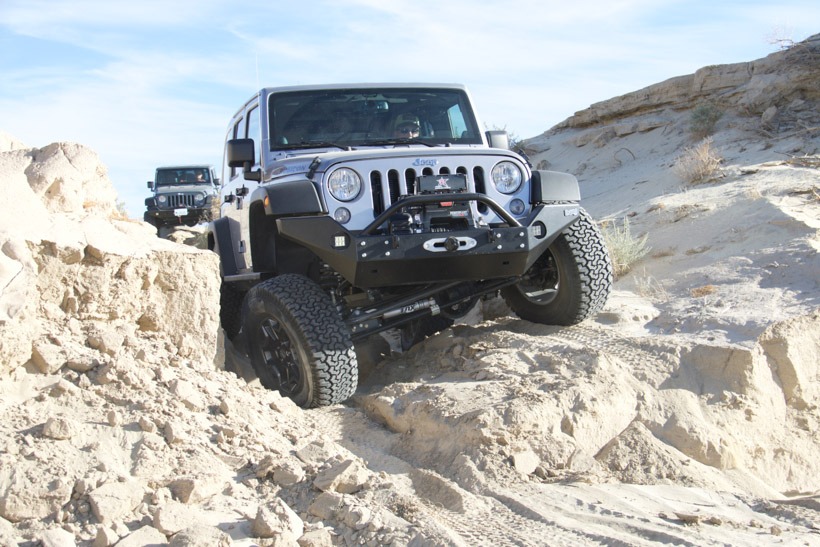
- Pick your line and drive the line – “Four-wheeling is a game of inches. Four wheeling by design involves driving over difficult trails. That’s part of the fun. Even so, we try to minimize the hazards. As you view the trail ahead, pick a route that is most likely to afford traction for all four wheels. A lot of times moving just a few inches in one direction makes all the difference of keeping traction on all wheels.”
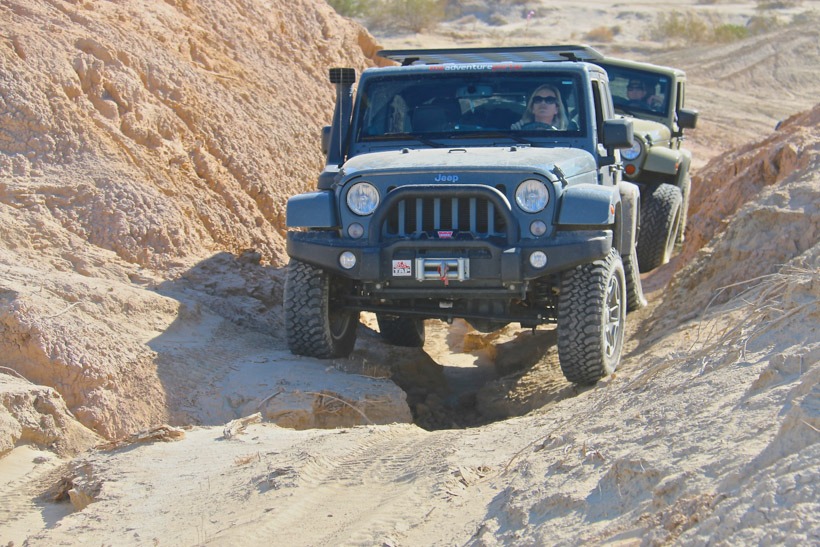
- Keep momentum to increase flotation – “Momentum and flotation are the basic tenets for soft surfaces like sand and mud. Use steady momentum to carry you through soft surfaces. Too often drivers hit the gas too hard or at the wrong time, and they end up stuck. Airing down produces a larger footprint for each tire. This spreads the weight over a larger area so you have less weight per square inch. Combined with the proper momentum and driving techniques, this provides the flotation we need for soft surfaces.”
- Change your tire pressure for the terrain – “It’s a game of pounds (PSI) too. We air down considerably to drive off road. When you’re in the 10-12 psi range, being off by 1 psi can make all the difference when you’re going through soft surfaces like sand, mud and snow. Make sure your pressure is just right.”
- Don’t spin your wheels! – “Spinning wheels get you in trouble. If you no longer have forward progress and you start to spin your wheels, several things can happen.
– If you’re in a situation that’s a little off camber, you’ll drift. You can drift into a much more difficult situation.
– If you’re on soft material, like mud or sand, you’ll bury it.
– On firm ground the vehicle can literally start jumping up and down
placing tremendous destructive forces on the drive train each time the
wheels come down.

- Take precautions and the right equipment – “The more remote and more difficult the trail, the more prepared you need to be. For an easy trail near town on a Saturday with your buddies, you might get by without spares. Do the same on the Rubicon and it could be a day out to purchase parts and a day back before you can start your repairs. By the way, consider helicopter insurance from calstar.org (ed: or just have a Spot) next time you do the Rubicon. And remember the 7 P’s – Proper Prior Planning Prevents Pathetically Poor Performance.”
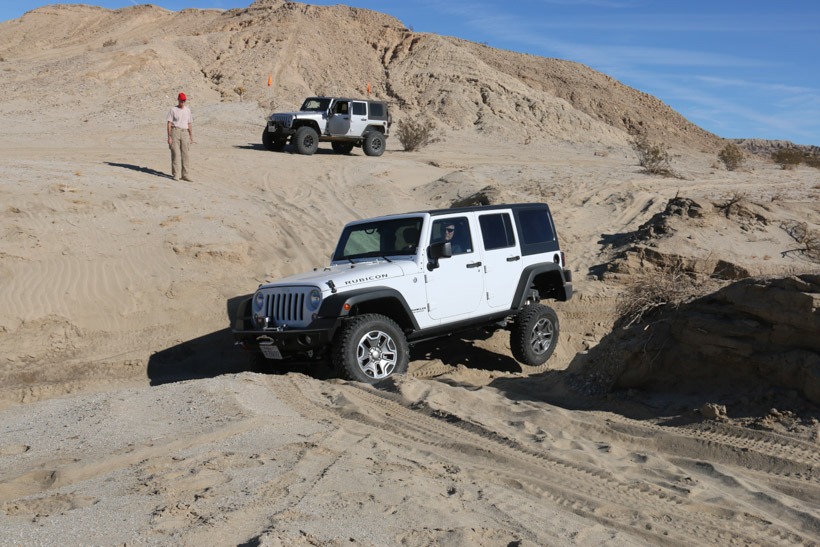
- Keep it slow – “Ten mph is fast off-road. We are not racing and over 10 mph is fast. When you are going fast off-road, do not hit the small 5″ or 6″ (or bigger for that matter) rocks embedded in the wash when aired down. You can cut the sidewalls on both tires on the same side before you are able to stop. Avoid them or slow down and ease over.”
- Stick to your recovery plan – “Chaos reigns when someone gets stuck. Everybody has an idea of how to get the driver unstuck – the quicker the better. And everybody tries to help without a plan. That is counterproductive and can be dangerous. Put one person in charge and hold a recovery meeting to plan your strategy. Remember slow is smooth, and smooth is fast.
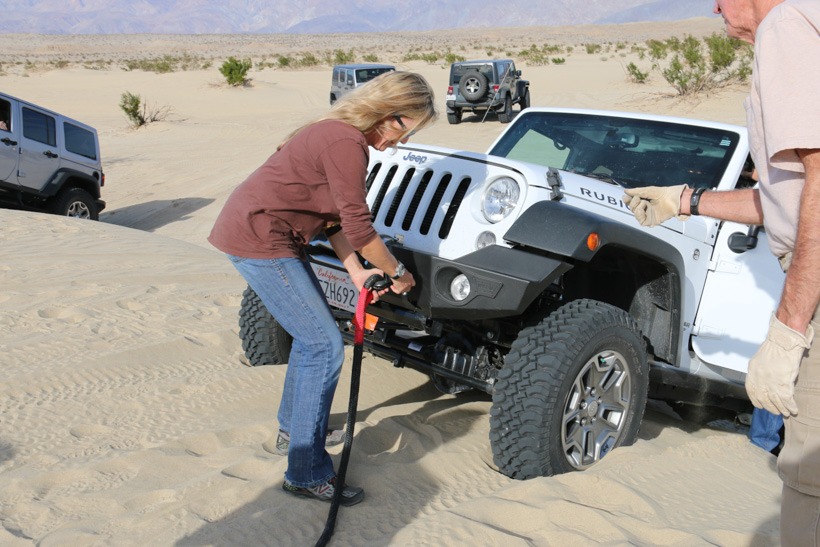
- Expect delays on any run – “The more vehicles you have, the more likely something is to happen: breakdowns, someone gets stuck or blows a tire bead, riders need bathroom breaks. Assume your trip won’t stay 100% on schedule, so don’t get all wigged out when there is a delay. But groups are not bad. There is safety in numbers.”
- There is an exception to every rule! – “I couldn’t resist adding one more axiom. Sometimes you have to break the rules – like when your life is in danger. Sometimes you break the rule just because – like going alone. The point is there are exceptions but your level of caution needs to go way, way up.”
“Even though I list 11 axioms here, which are considered self-evident and assumed to be true, the sport of 4-wheeling has in addition dozens, even hundreds of rules designed to make you a better driver and to keep you safe. If you hear of others, and they really strike a chord with you, add them to your list.”
Thanks to Tom Severin for his off road driving wisdom. Check out his four wheel drive trainings and trips at 4×4 Training.com.
TELL US WHAT YOU THINK – What are some of your favorite 4WD driving techniques? What are the off-road driving techniques that you have found hardest to learn?
Tell us about it in the comments!







